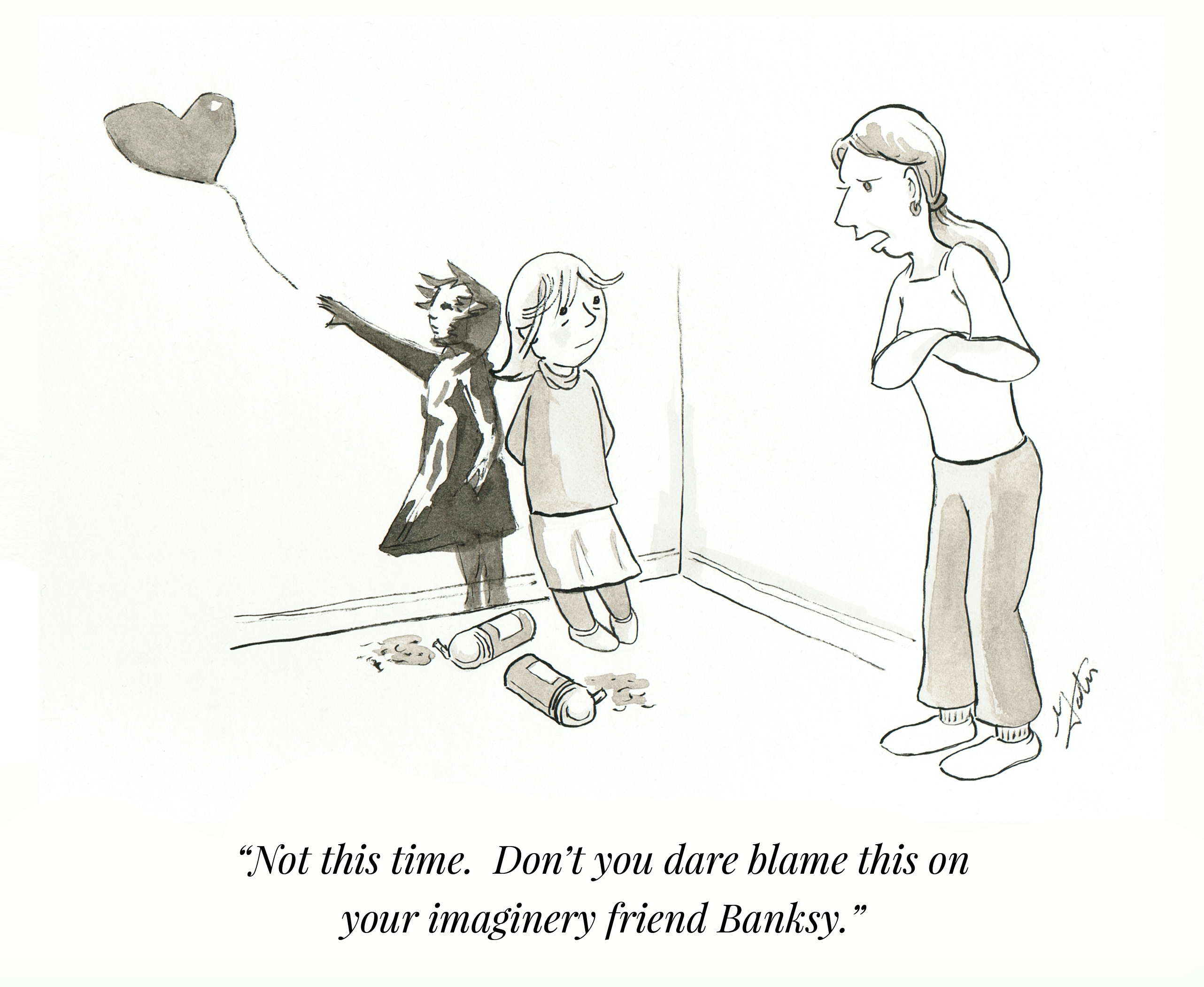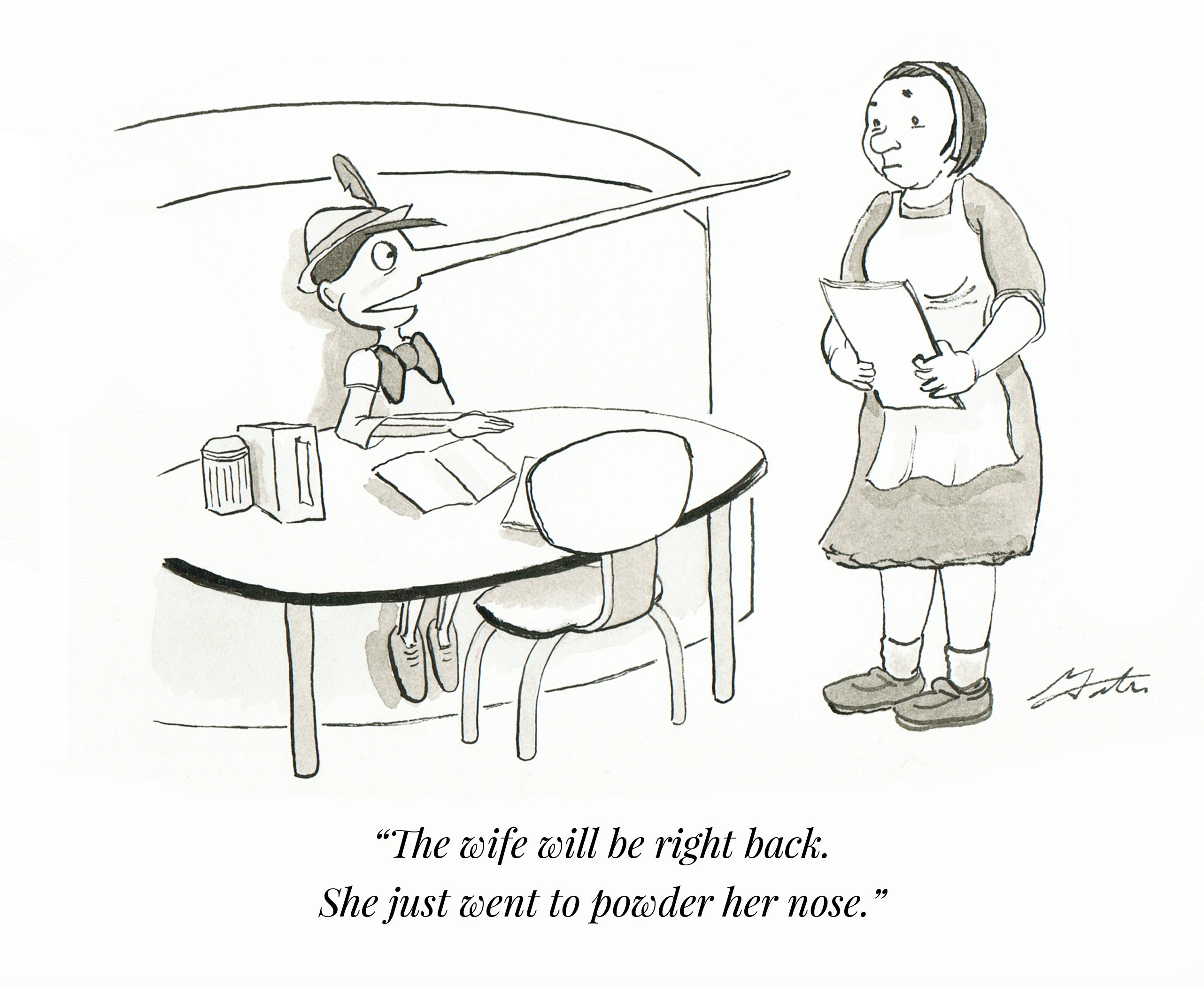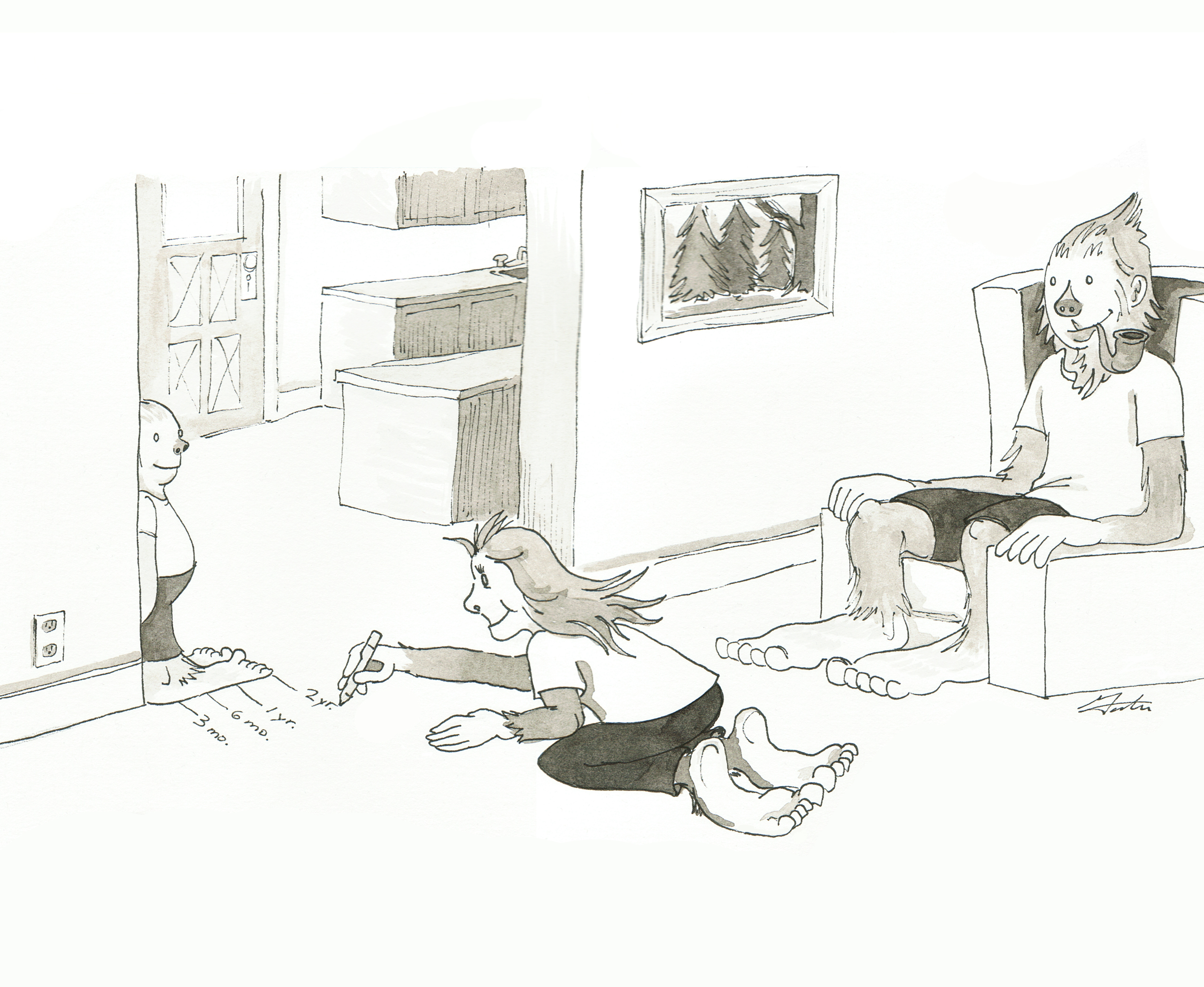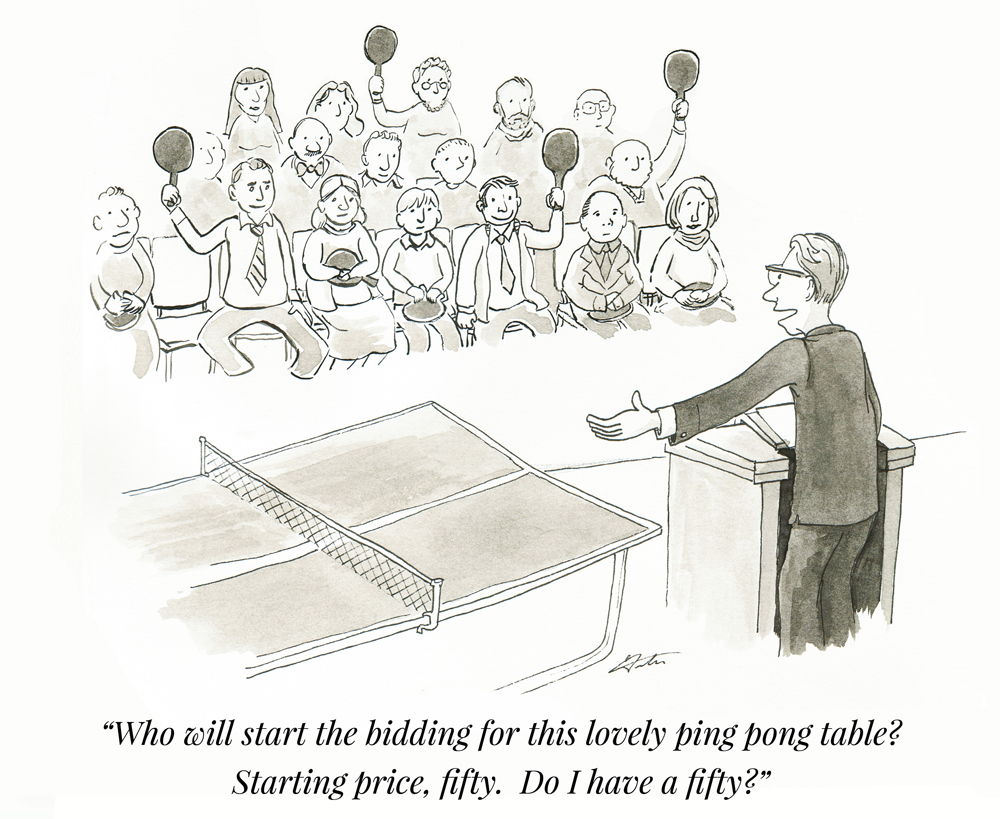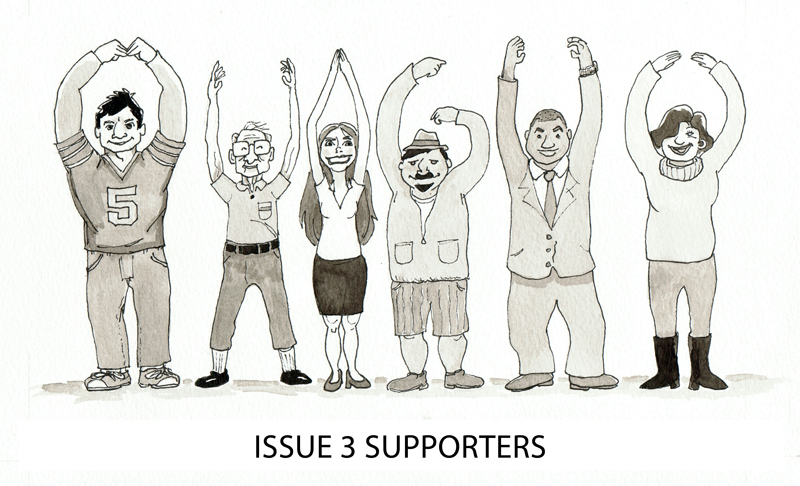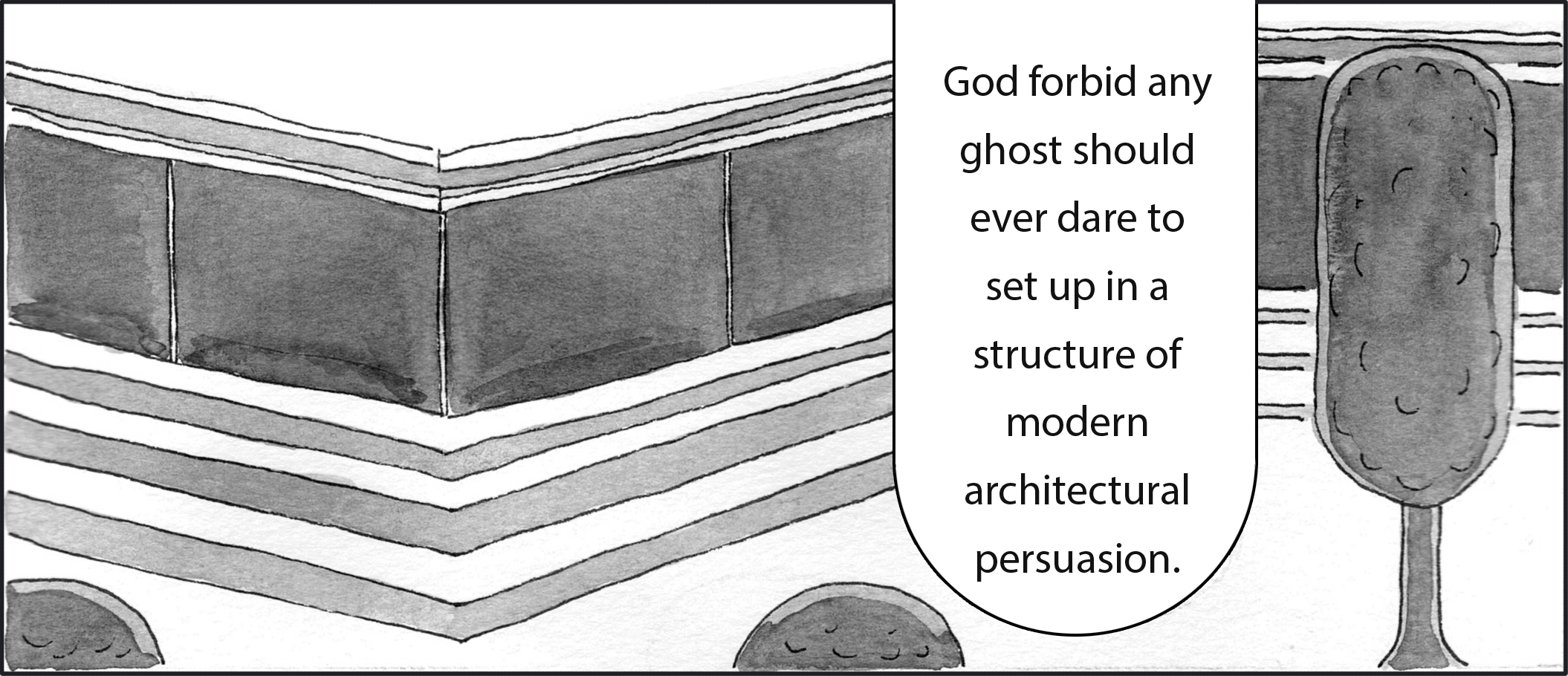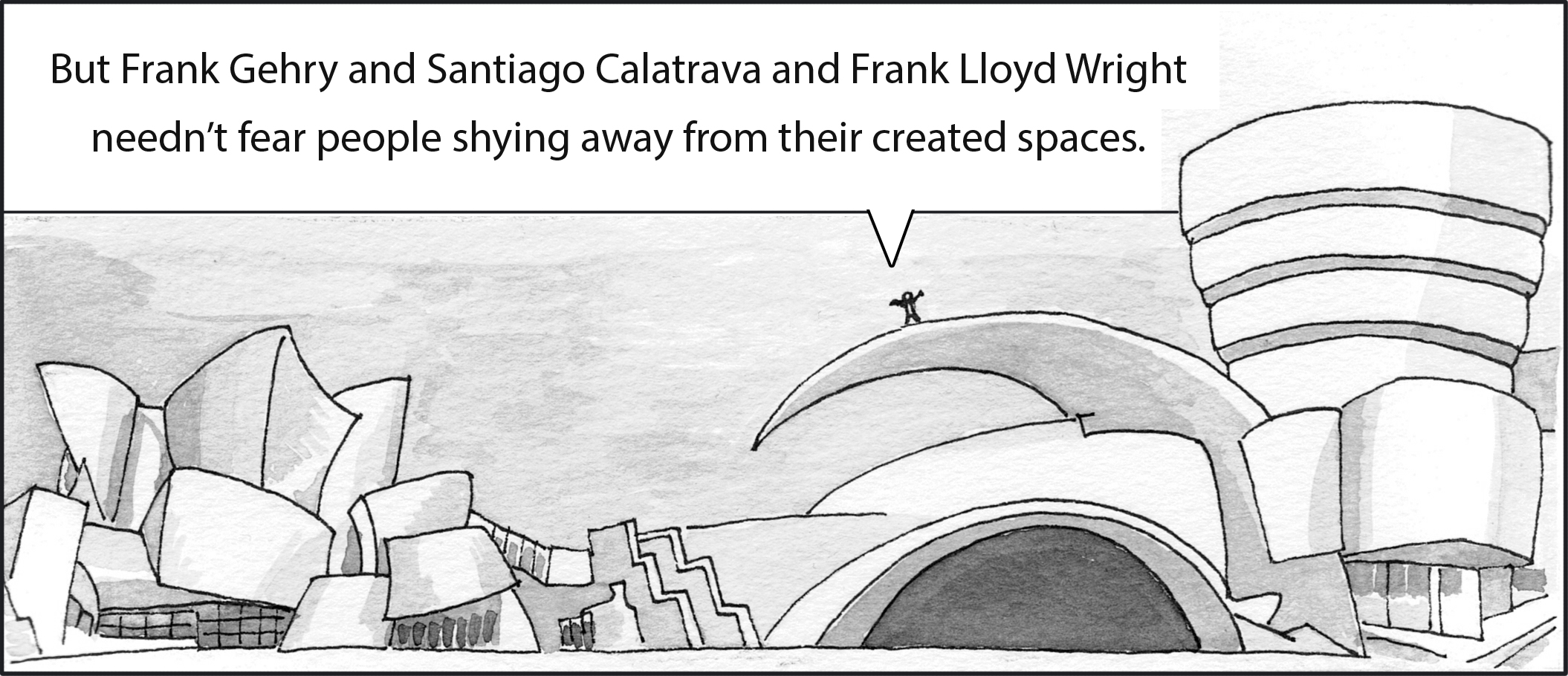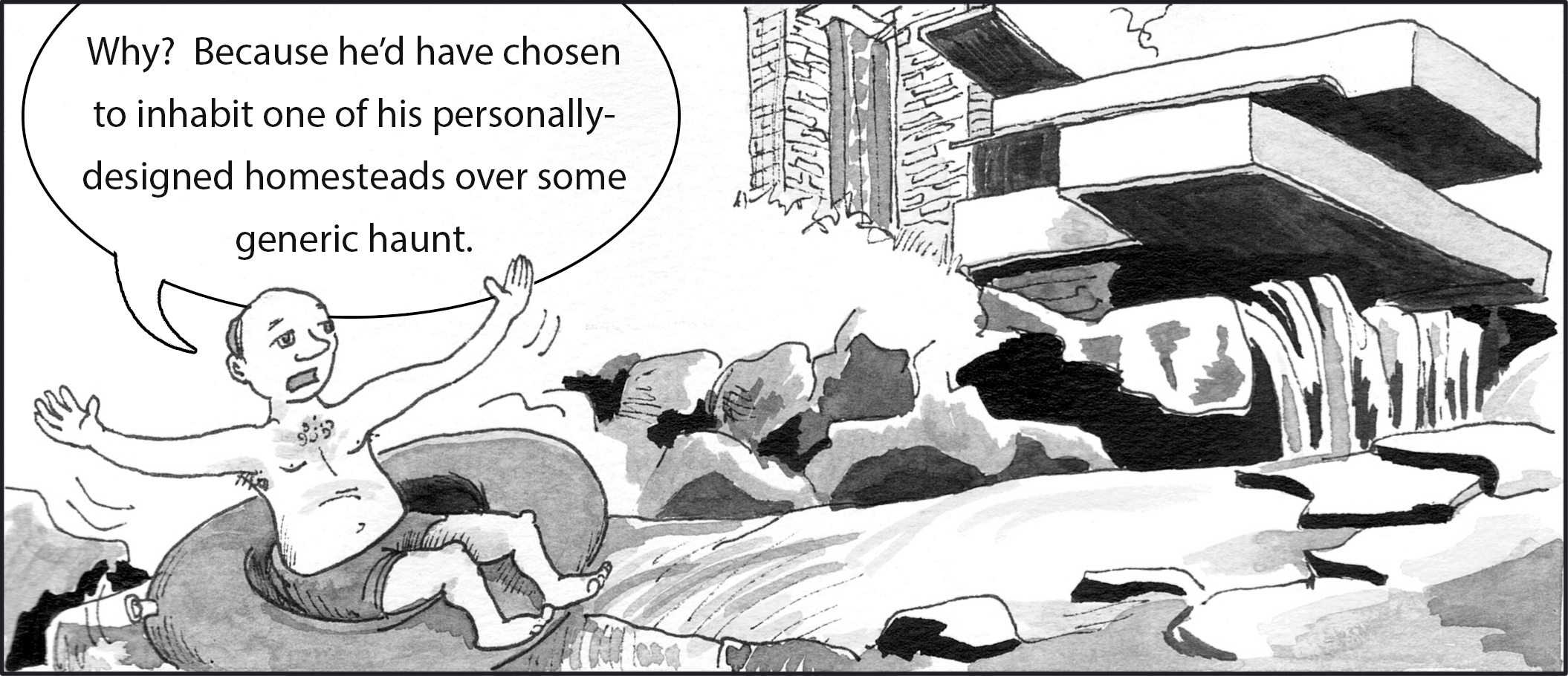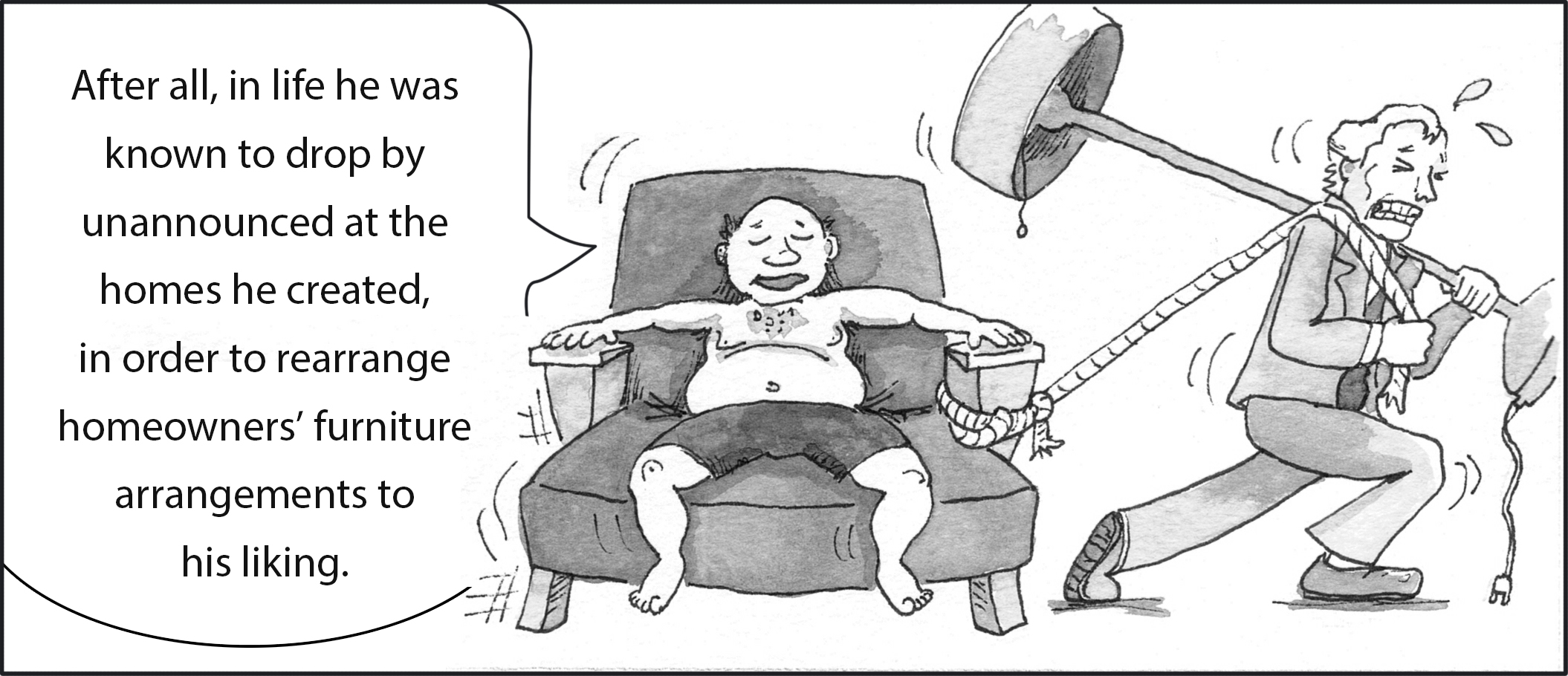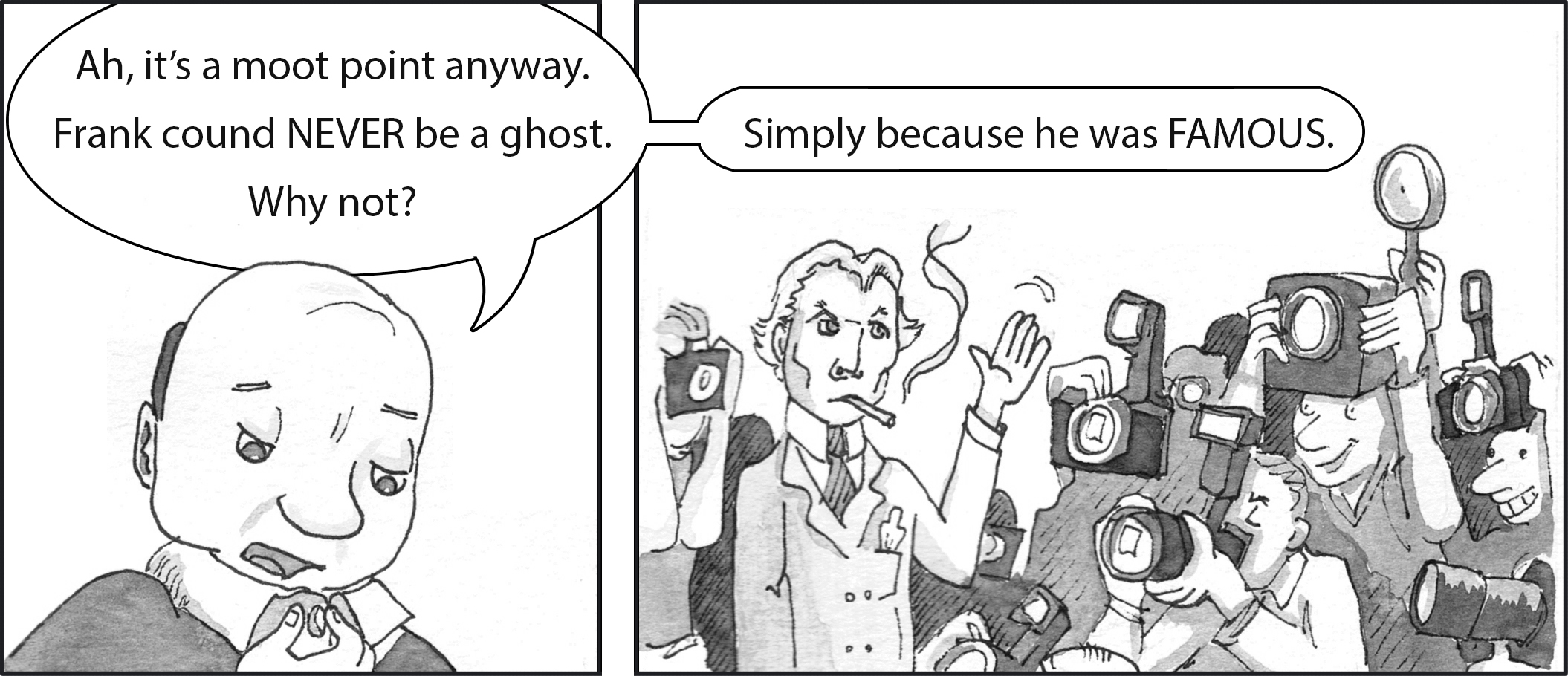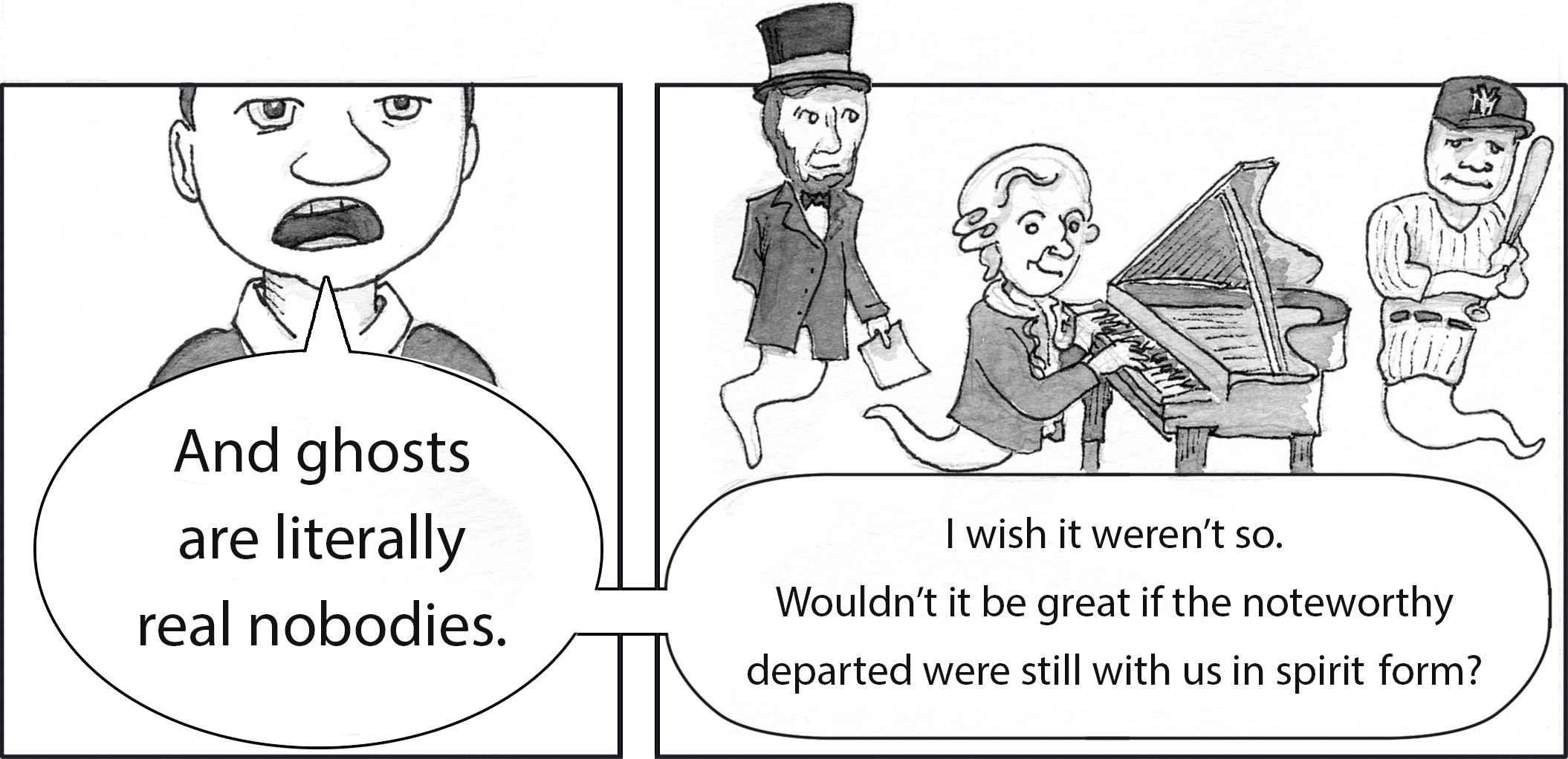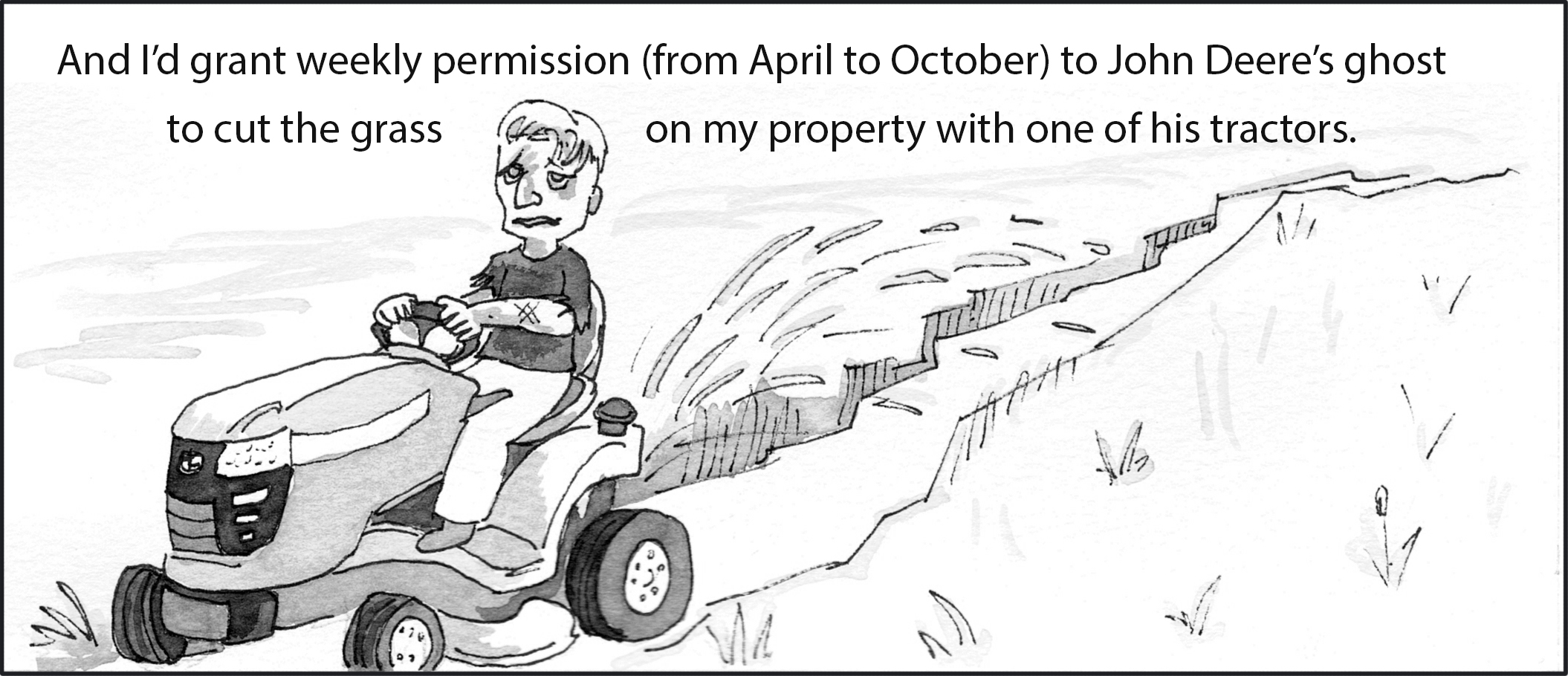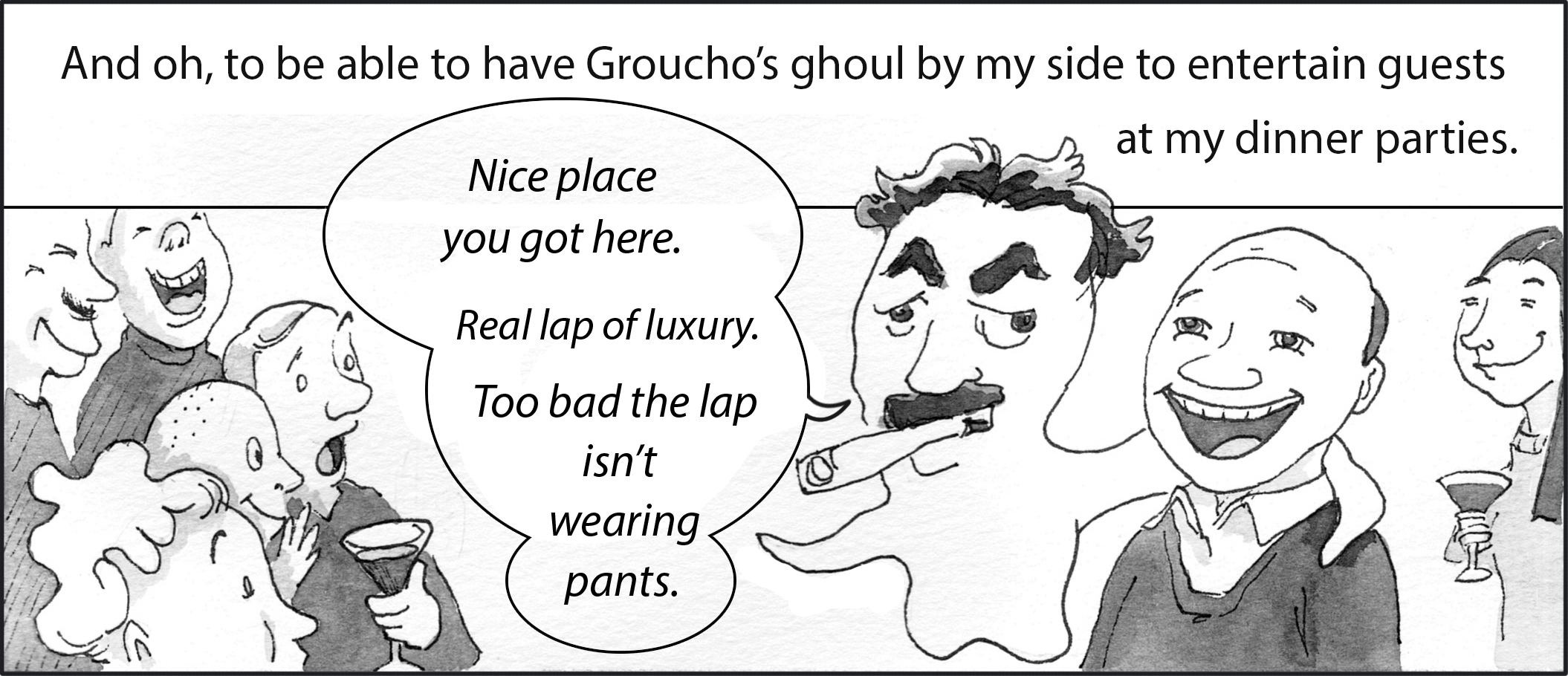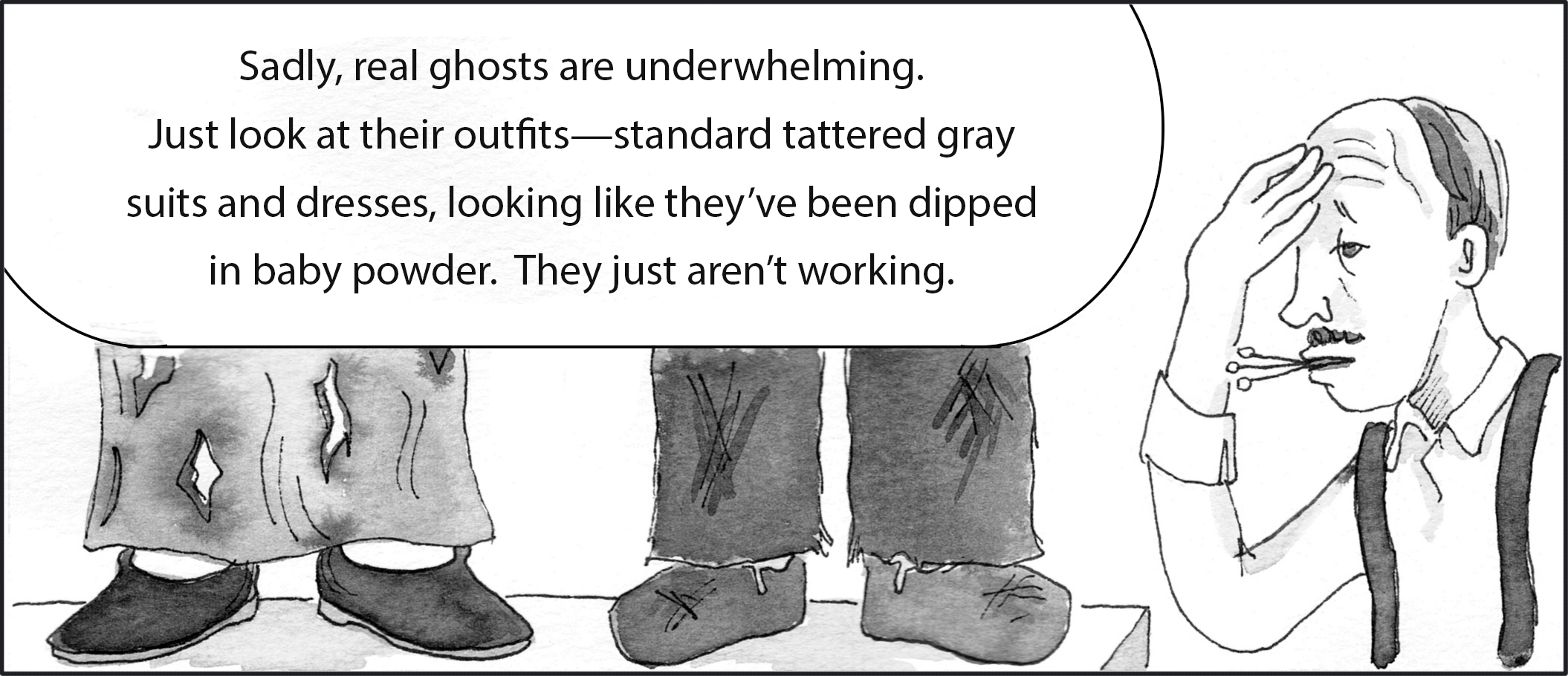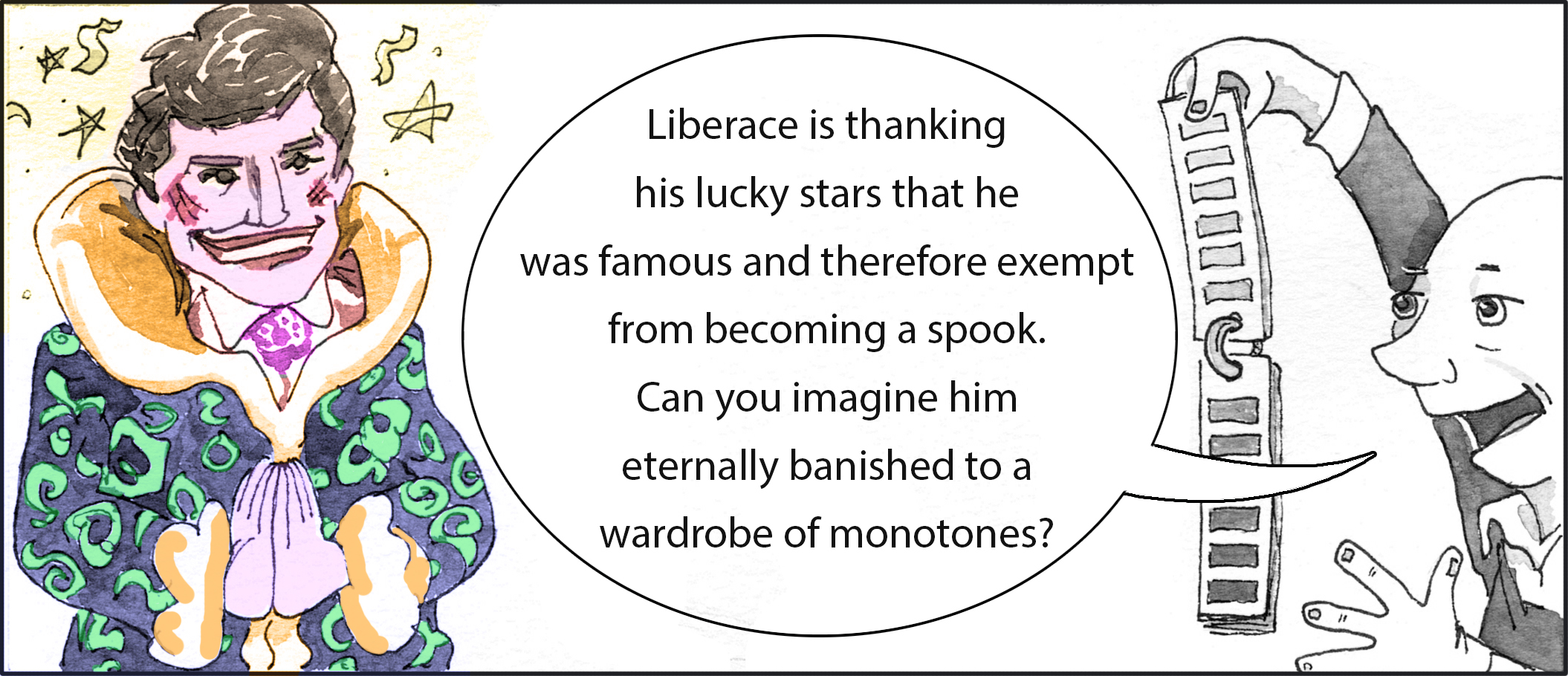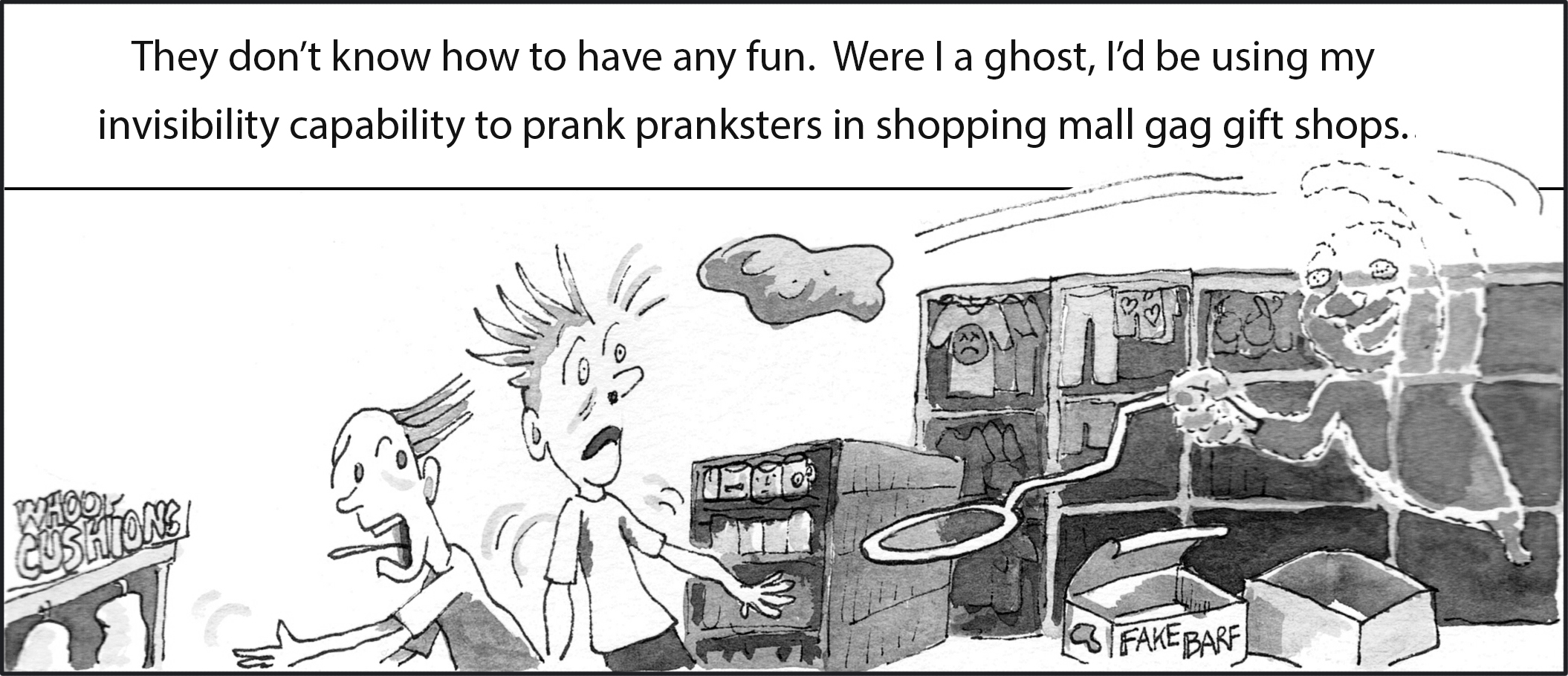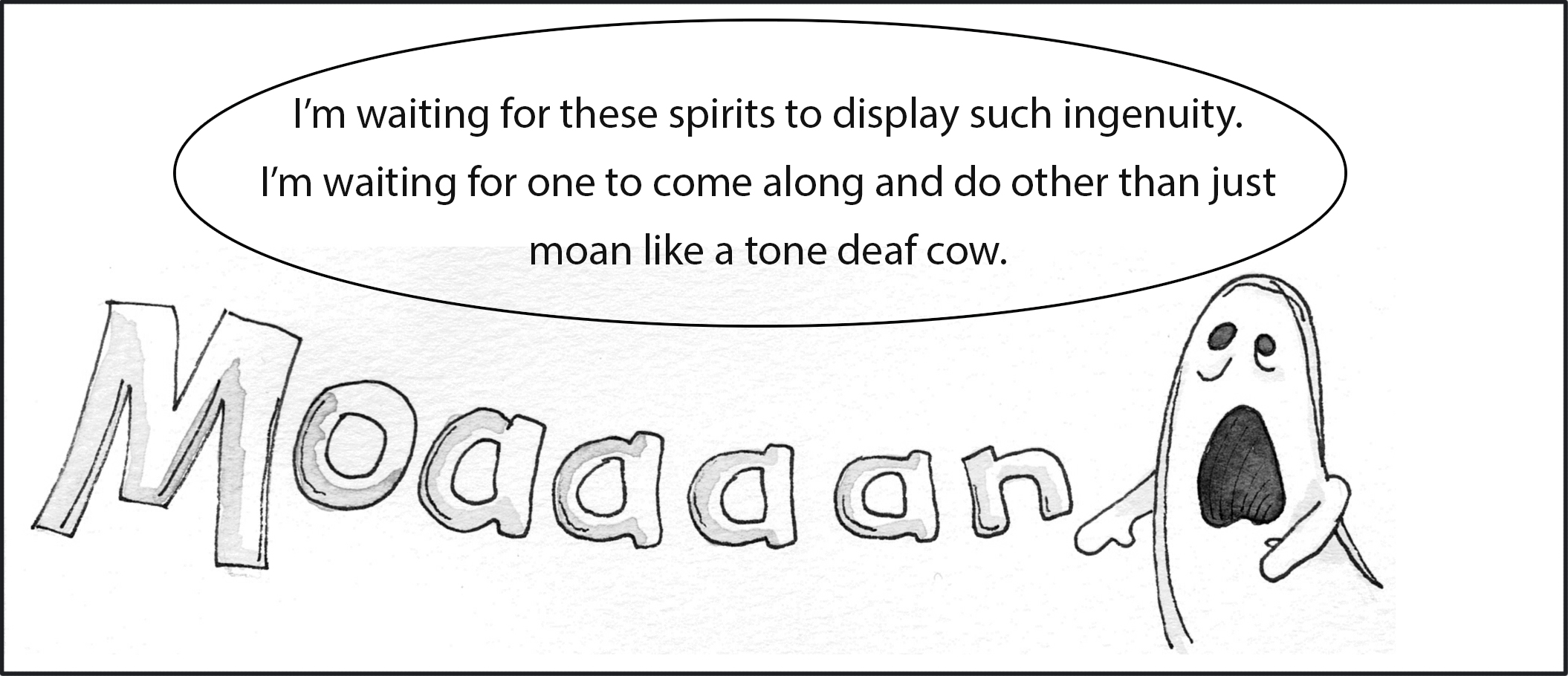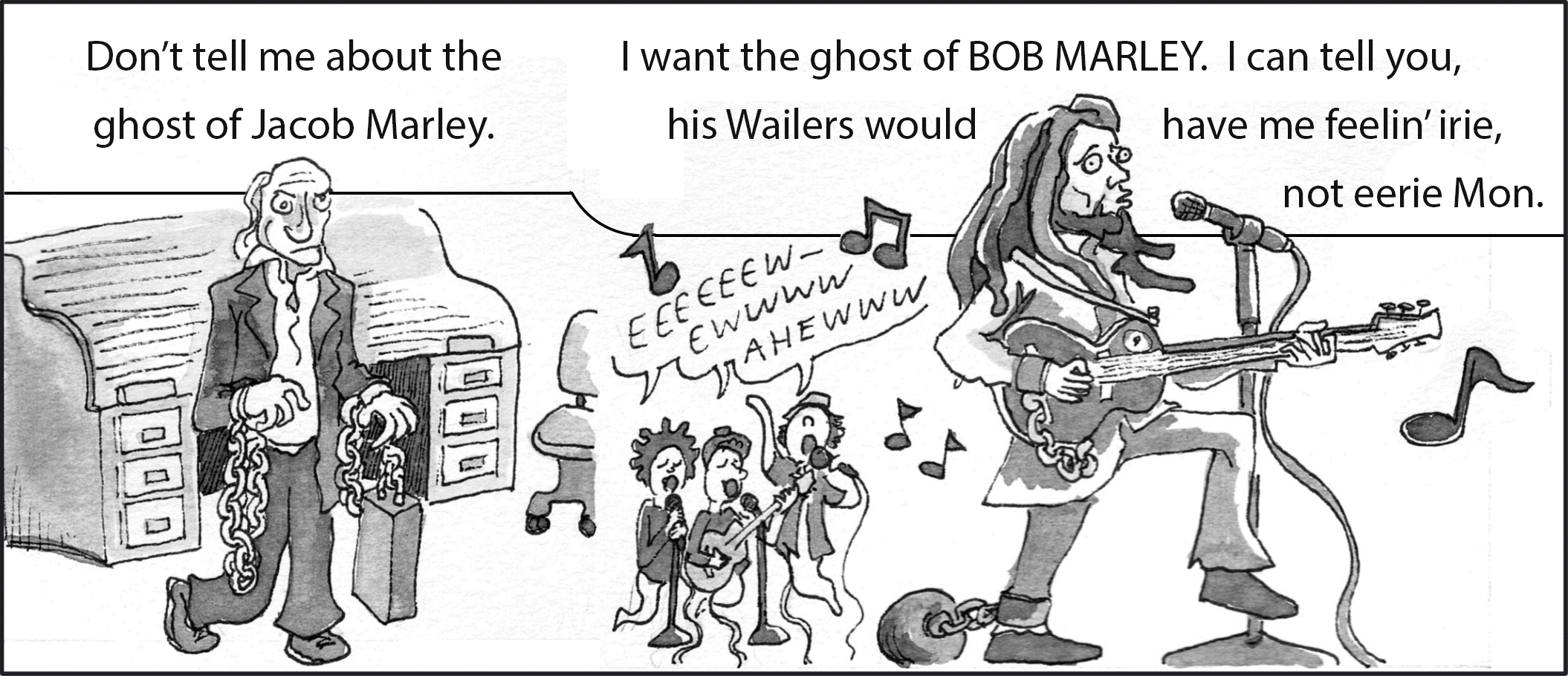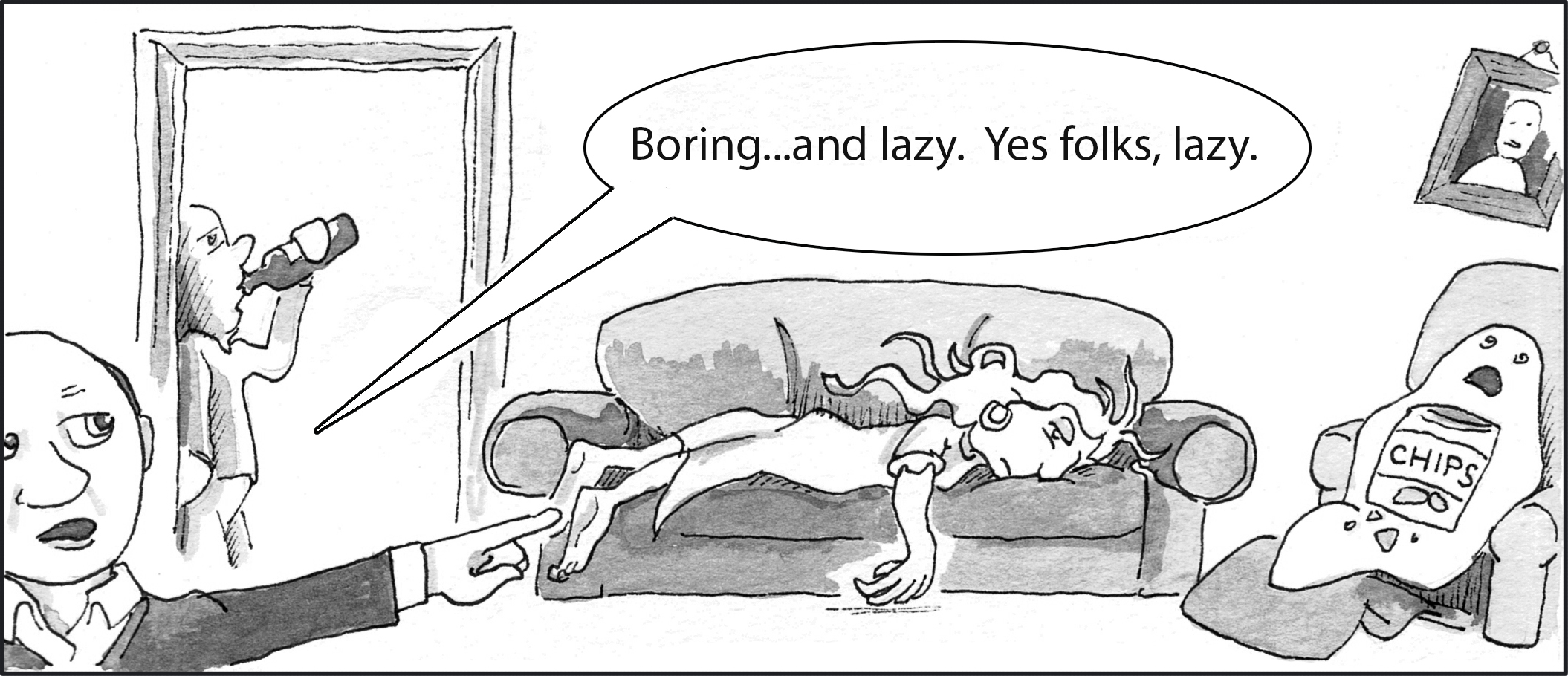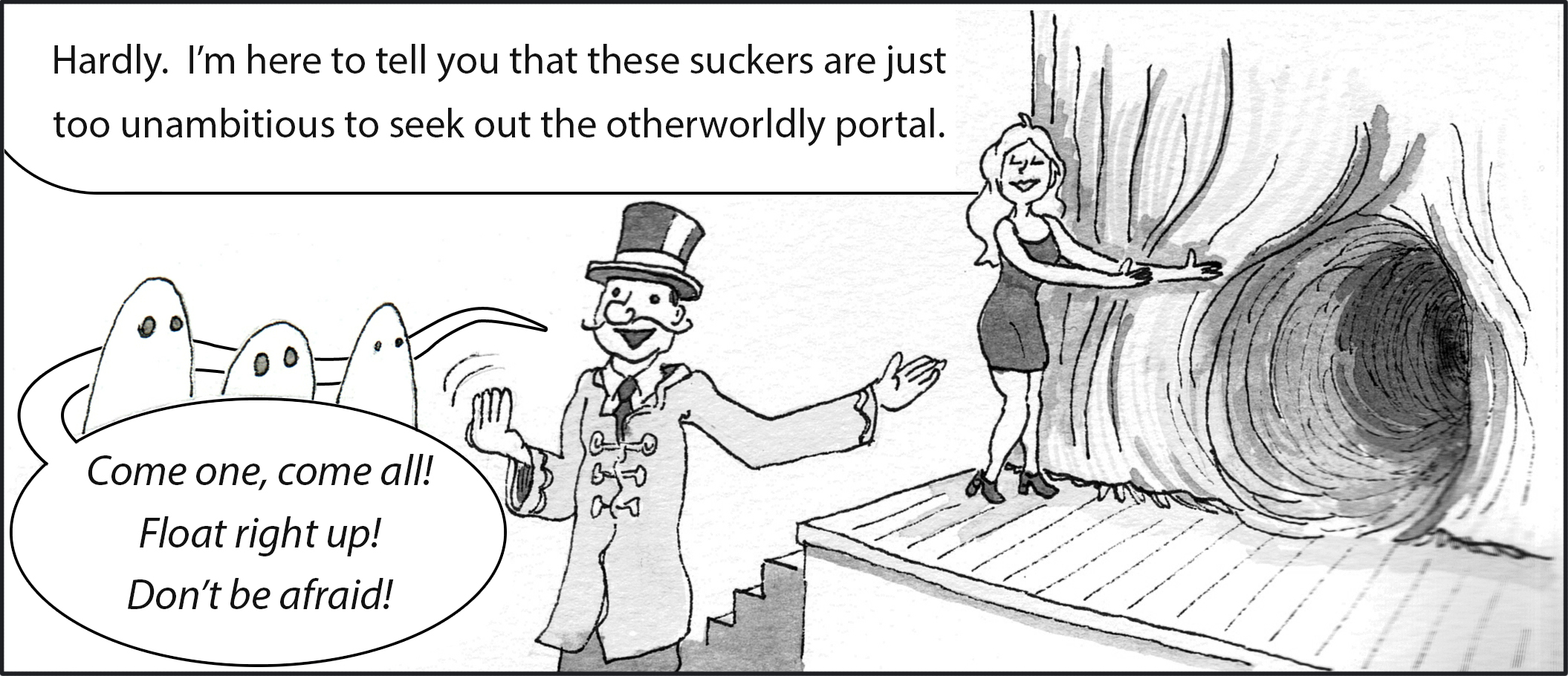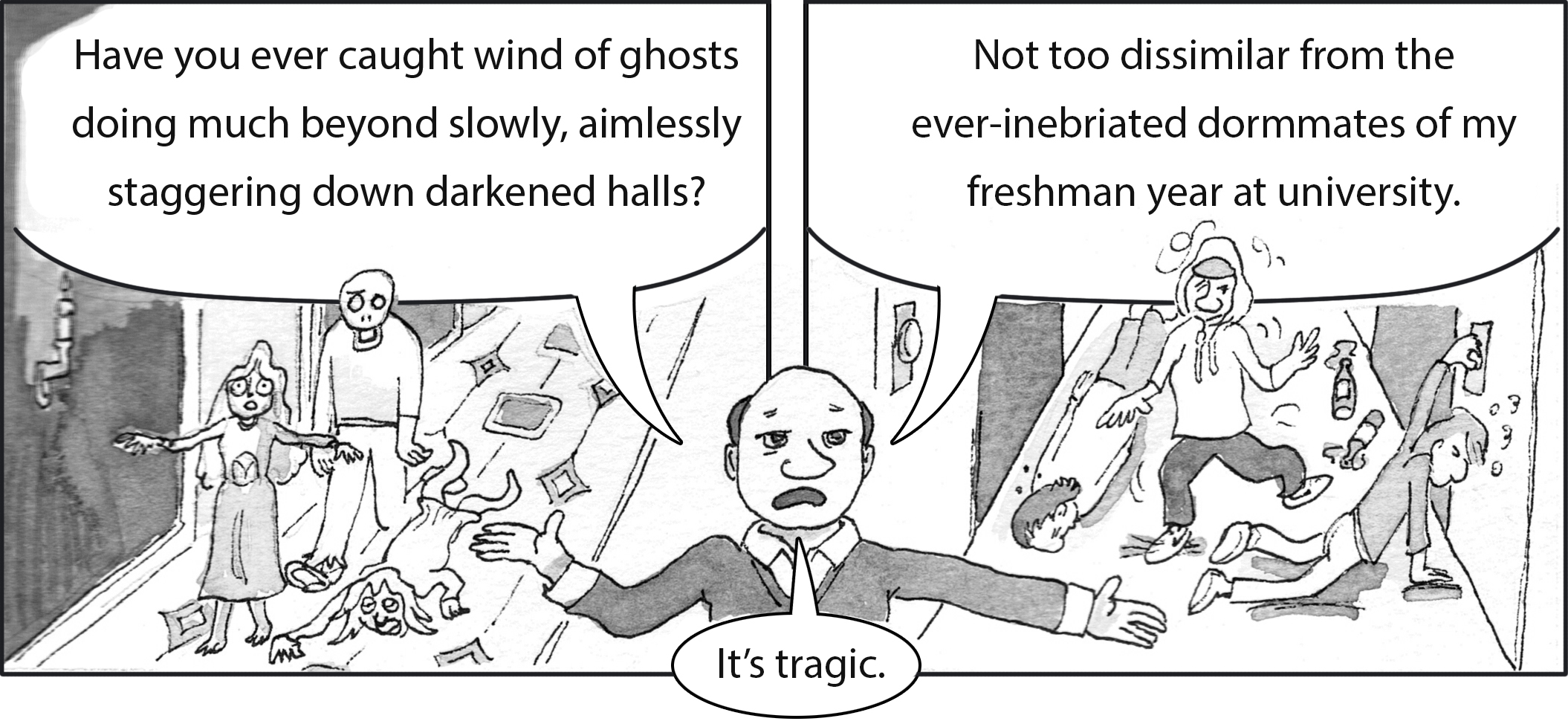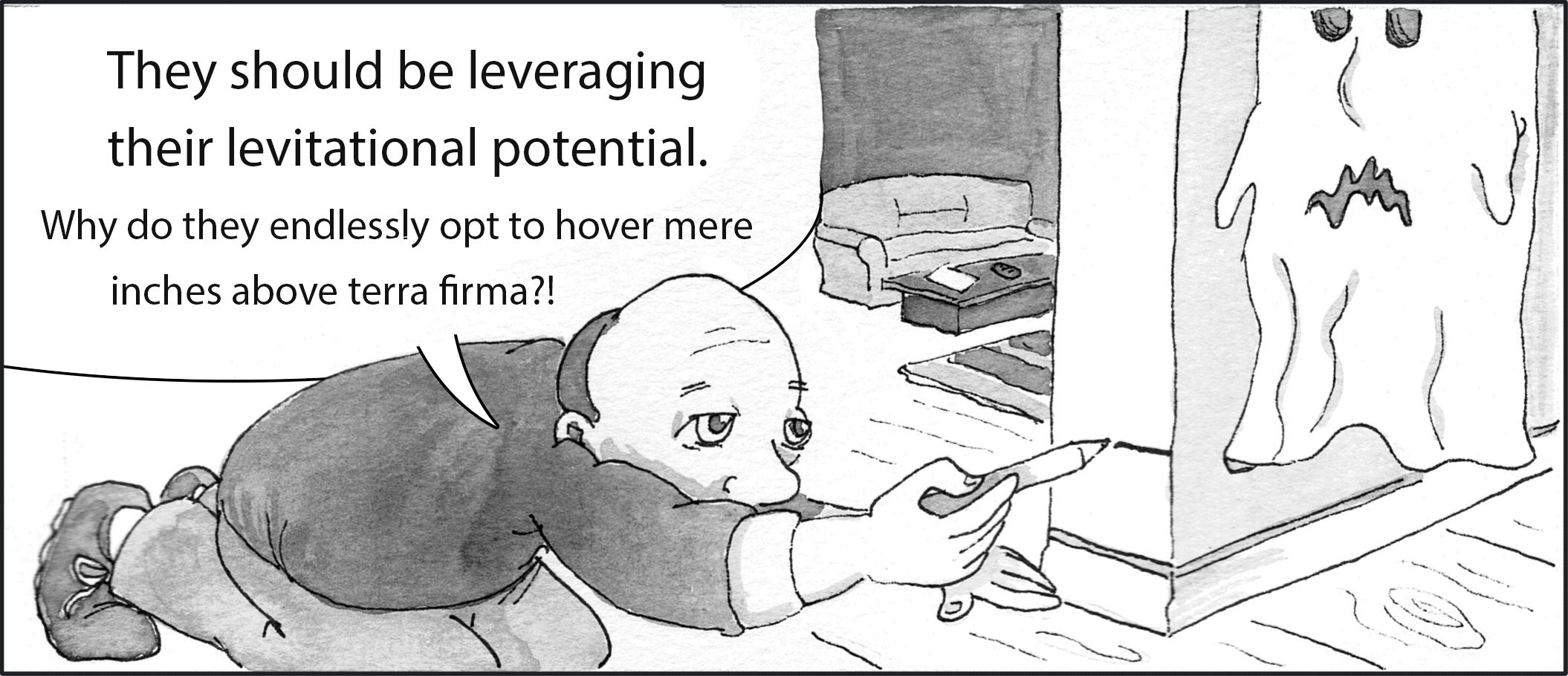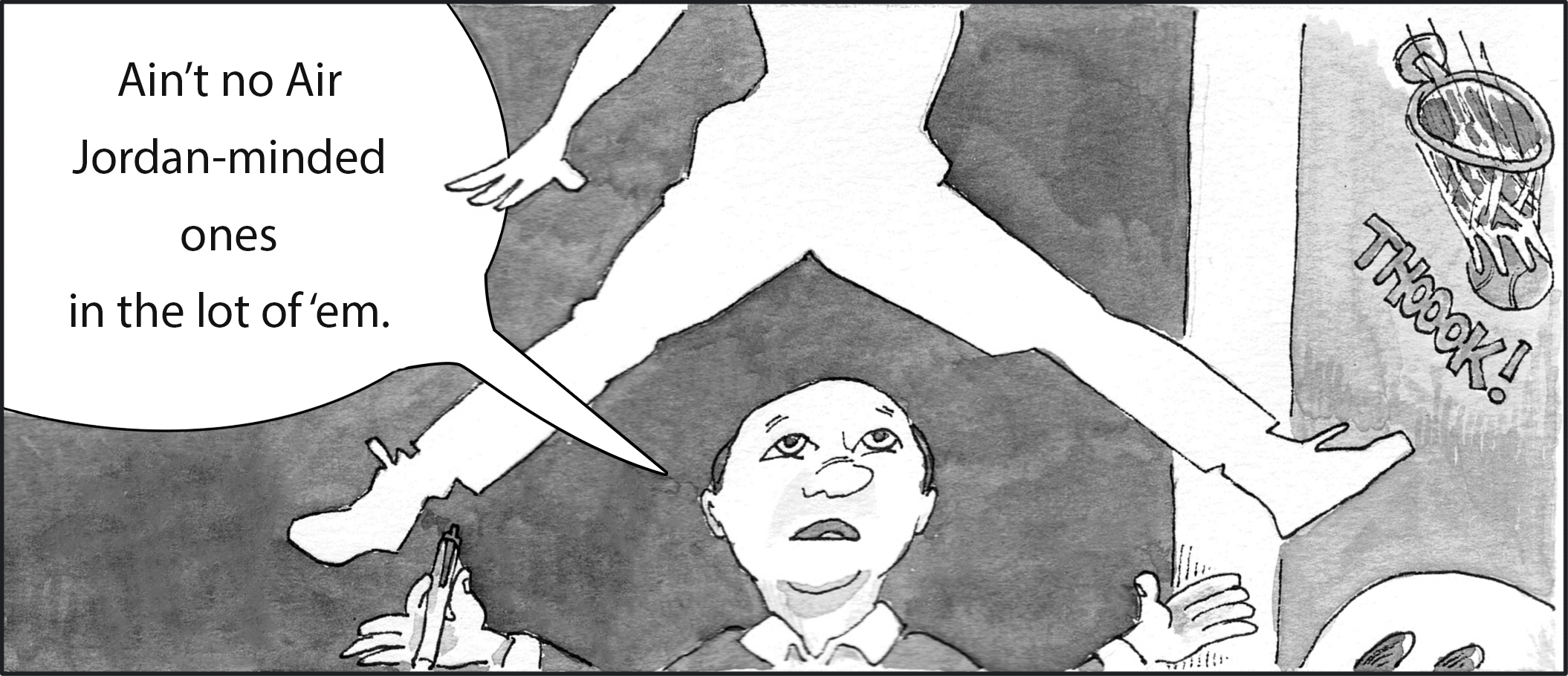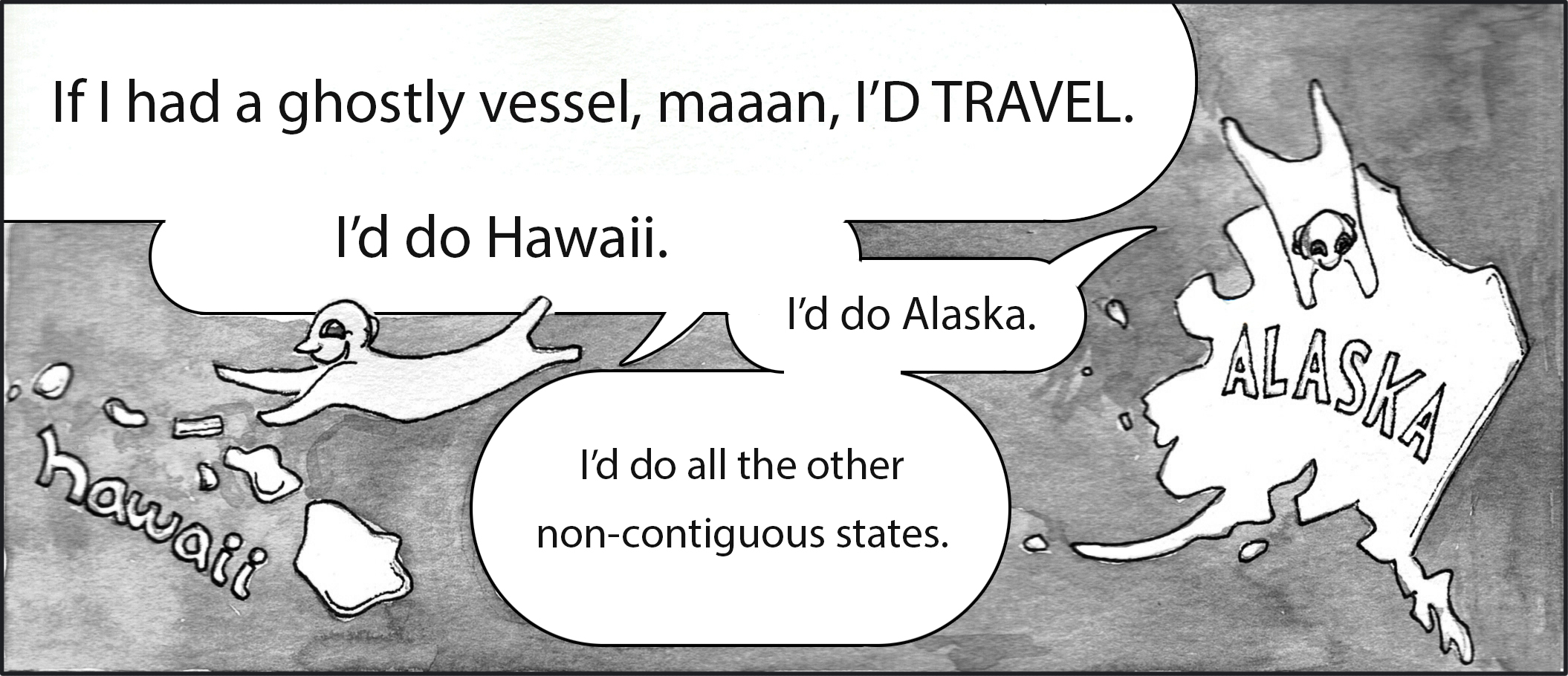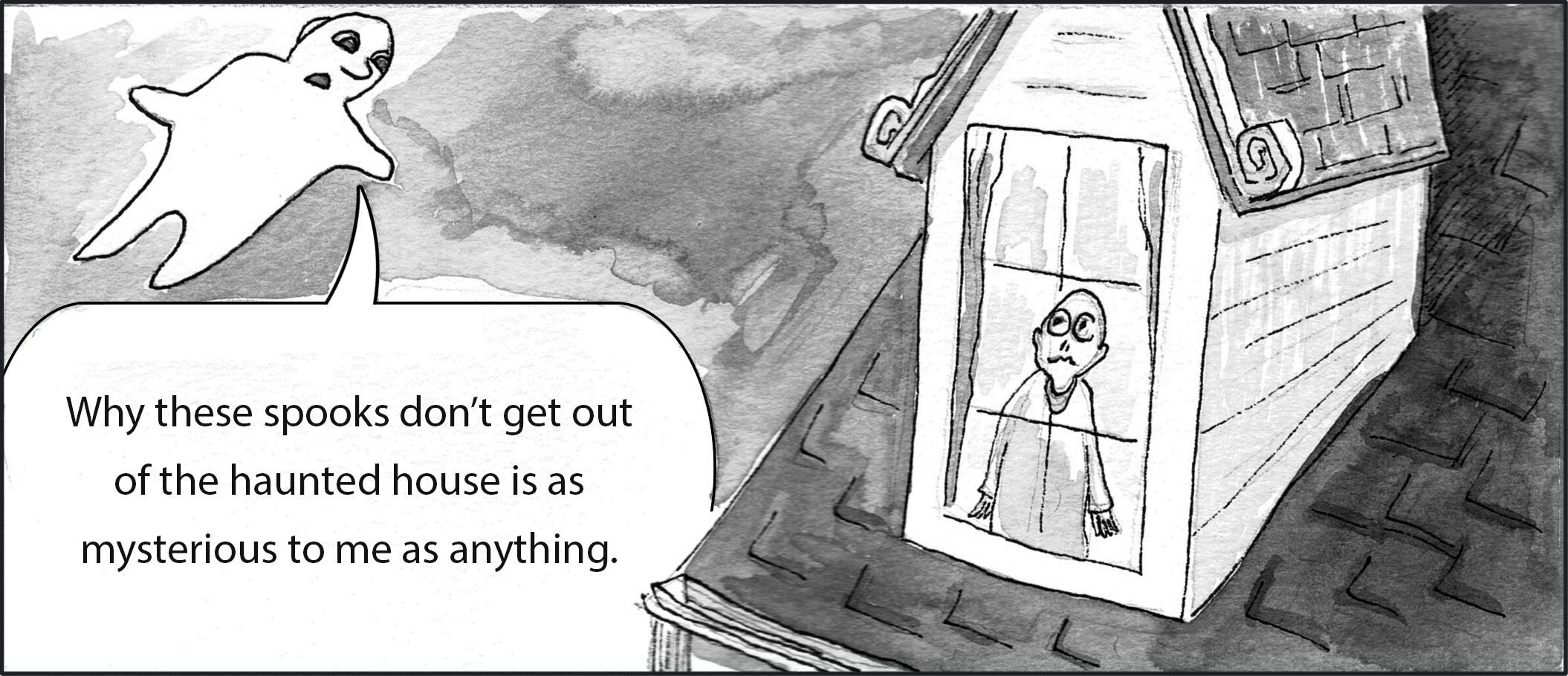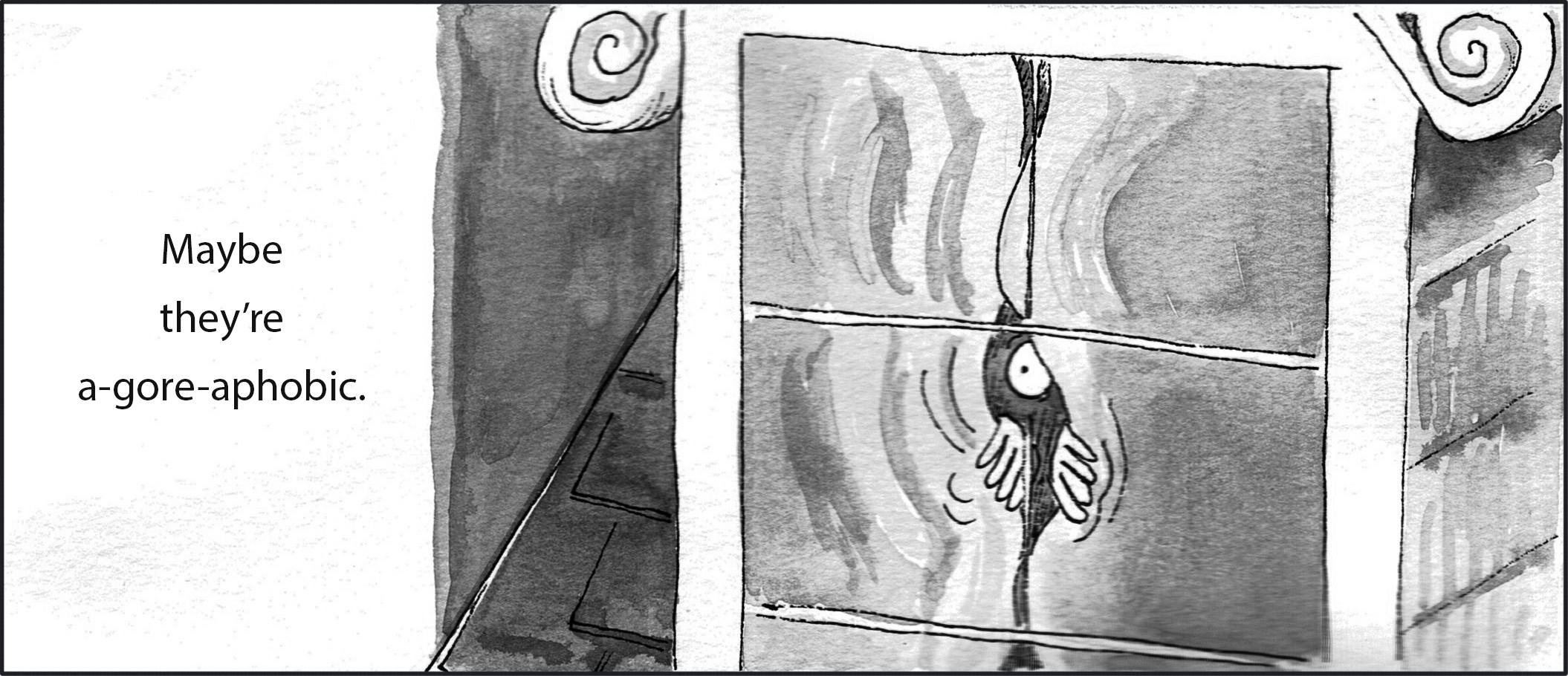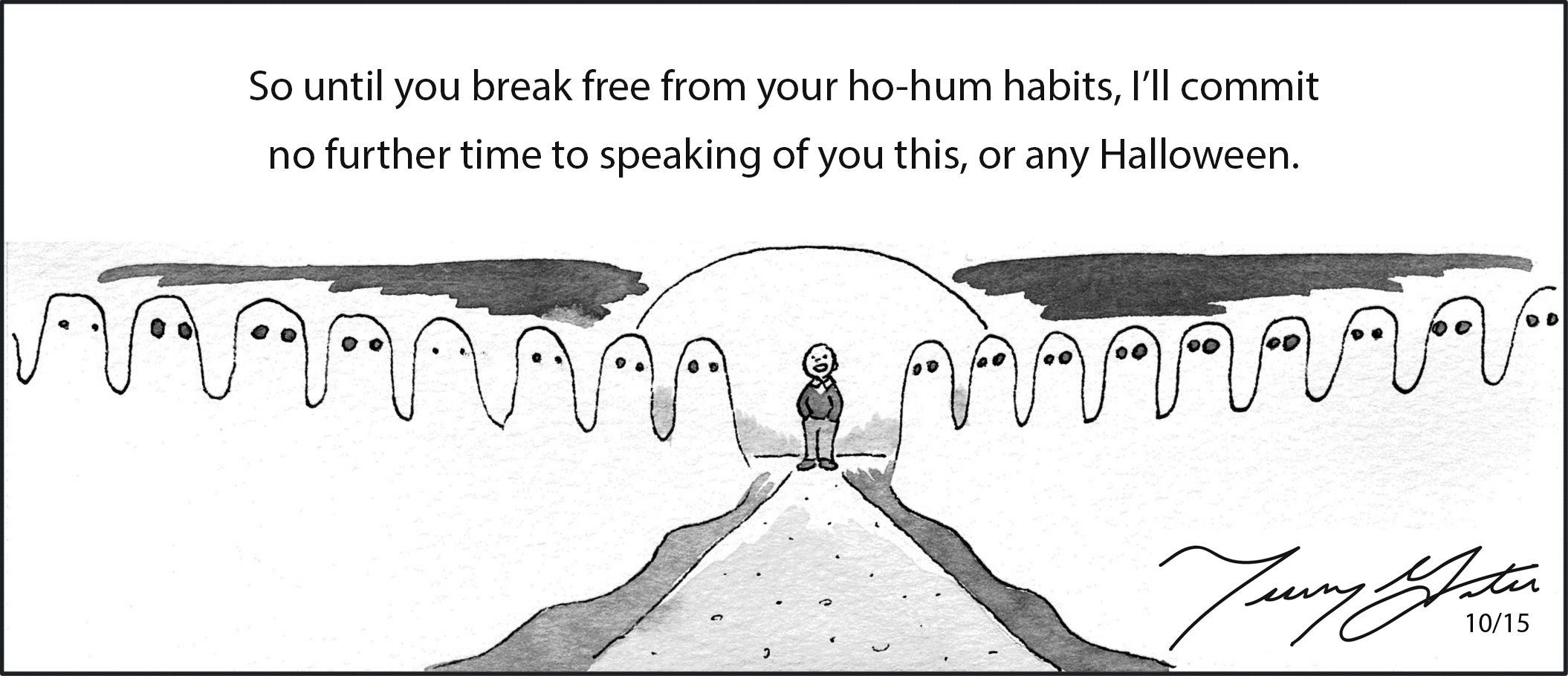Underground in Urban America
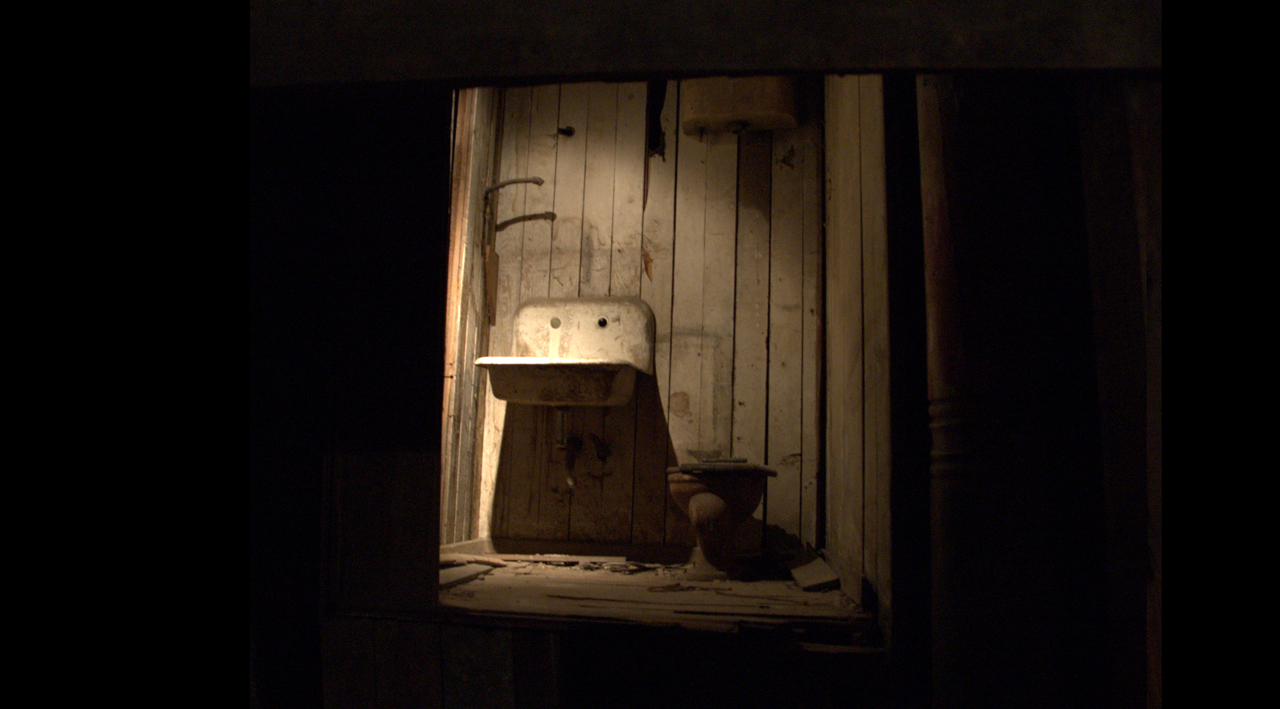
America, as they say—or sing, more often—is the land of the free and the home of the brave. She’s also the land of opportunity—but not necessarily equal opportunity. The tales of her history that have survived time owe a debt of gratitude to the sites where they were written, and not all of these sites are treated equally. For every Freedom Trail in Boston or Independence Mall in Philadelphia (America is the land of malls) where American history is unearthed and celebrated, there are countless places where it has been left buried.
But buried history need not be forgotten. Listed below are ten underground places that can be visited today. They are spaces covered up or abandoned by American forefathers. They are tombs that preserve surprising tales which add to the richness of the American experience. You, the brave, are free to descend beneath the earth to explore them. Just don’t credit Paul Revere with alerting you of their presence.
10 Chicago’s Pedway
Deep beneath the streets of Chicago lies a maze of well-traveled passages that somehow manages to remain a secret to many of the city’s citizens, let alone visitors. It’s known as the Pedway. Short for “pedestrian walkway,” this underground system which covers forty blocks provides a warm alternative to navigating the streets of the Windy City above. It connects the basements of more than fifty buildings, including government properties, shopping centers and residential buildings and even boasts its own logo, a black and gold compass marking downtown entry points.
Oddities abound in the Pedway, which is not so much a unified system as it is a mysterious patchwork of independent tunnels. Though technically the Chicago Department of Transportation is in control of it, many public and private entities own and maintain its corridors. And though it is used primarily for tromping from one place to another, Chicago’s Pedway is much more than a series of submerged sidewalks. In this underground city beneath the city, you can grab a bite to eat, go shopping or explore dark and forgotten corners with one of several tour companies.
9 Pendleton, OR
More than one hundred years ago in Pendleton, Oregon, the Wild West more than lived up to its name. This small town of 3,000 in the northeast part of the state became the adult entertainment capital of the Northwest, supporting no fewer than eighteen bordellos. Gambling, drug use and other illicit hobbies thrived here as well. But while this Vegas-like town was filled with activity above ground, it was just as lively below; Chinese laborers were busy laying stone basement walls for assorted commercial buildings. All the while they were also fashioning underground living quarters for themselves, right under the noses of citizens.
Eventually the underground was discovered and kept alive by rumors. As a child growing up in Pendleton, Pam Severe heard word of this secret subterranean space. As an adult she invested and, like others before her, discovered the rumors to be true—there was a town beneath town. But unlike others, she started a tour of the area, the Pendleton Underground Tour, a tour where historians take you down to the tunnels dug by the Chinese through basalt rock in the late 1800s. Since the area is very well-preserved, tales and deeds from days long ago are brought eerily into the present. Standing in the laundry and bathhouse of Hop Sing (not to be mistaken with the gent from Bonanza) or gazing at an underground opium den make the past palpable. So does sleeping in an authentic bordello.
The tour eventually resurfaces as you ascend stairs above to the Cozy Rooms, the best-known bordello in town. Standing above a Chinese jail, the operation closed in 1953 after a local minister informed the mayor he planned to read a complete list of the names of the girls and their customers during Sunday service. Guess not everything that happens in Pendleton stays in Pendleton.
8 Sacramento, after the Flood
The city of Sacramento is commonly associated with the California gold rush. Soon after that time, during the 1860s and into the 70s, the city faced a rush of another sort: rushing waters. Multiple levees failed, allowing the rushing waters to cascade into town and sweep away houses—and forcing Governor-elect Leland Stanford to travel to his inauguration at the Capital via rowboat. Aided by its location at the confluence of two rivers and a storm that lasted several months, Old Sacramento became a large, stagnant puddle.
When the waters subsided, in an effort to save low-lying parts of town from future floods, leaders raised streets and buildings by as much as fourteen feet. This effectively turned the ground floors of buildings into basements. Today, the areas created during Sacramento’s raising process can be traversed during a half-mile, hour-long guided tour. The tour dives down beneath stores, a Wells Fargo Express office, a library, and onetime bars and brothels. These created spaces are surreal. They contain hollowed sidewalks, uneven paths, sloped alleyways and excessively low ceilings. You may feel like you’re visiting a hall of mirrors or the crooked man’s domain.
7 Butte, MT
In the early twentieth century, long before its copper mines were shut down, Butte, Montana was a bustling city of 100,000 people—nearly three times its size as of the 2010 U.S. census. The noise that the city produced attested to its size. Stamp mills crushed ore. Whistles blew at the mines. Trolleys ran between the mines and downtown. Vaudeville routines were routine and as many as 800 women worked per shift in the red light district. Charlie Chaplin claimed they were the prettiest prostitutes in the country. But the noise, and Prohibition, and also the air pollution and acid rain that fell upon the city caused many to go into hiding.
A vast network below ground took shape. Over one hundred retailers expanded their business to their basements, granting access to customers via sidewalks built underground. Unlawful businesses began to crop up as well. You can visit these businesses and more by taking the City Underground Tour.
While touring, you’ll escape to several of Butte’s secret escapes. There’s a small staircase near the Hirbour Tower—one of the first skyscrapers built west of the Mississippi—that leads down to a boardwalk. There’s a barbershop with a vault that conceals a narrow door leading to a modest speakeasy. And then there’s what most consider the greatest escape of the tour, a journey through a coat closet in the grand Rookwood Hotel down to the speakeasy of the city’s elite. (During a cleanup of the building, a staircase leading to a mirror was found, and when the mirror was removed, a hole leading to the sixty-year-old site was discovered.) Yes, you’ll see more than one speakeasy on the tour—more than 150 were in operation in Butte during Prohibition.
But the Butte underground wasn’t a refuge for all. As you’ll see, it also served as a prison. From 1890 to 1971, the basement of the former city hall served as the city jail. Among its tenants, the jail once held Robert Knievel. “Evil” (as he was reportedly nicknamed by a jailer there) was arrested for reckless driving. I guess not every secret unearthed from Butte’s underground can be surprising.
6 Eureka Springs, AR
Though the underground tour in Eureka Springs has less to see and do under the ground compared to other tours on this list, the history you’ll learn about is just as riveting. Eureka Springs is a small town that’s hosted its share of big personalities. These personalities, as well as the town’s catacombs are explored during a seventy-five minute excursion.
One of these personalities, Bill Doolin was attracted to the area by its medicinal waters. Founder of the Wild Bunch, Bill robbed banks and trains—sometimes in cahoots with the infamous Dalton Gang. He likely took to the springs to soothe the assorted gunshot wounds he’d collected during “work.” What he found instead was lawman Bill Tilghman, who captured him there.
Local lore has the James Brothers landing in the area as well. And David “Honeyboy” Edwards, among the last of the Delta blues musicians, performed in Eureka Springs, at the Auditorium. The tour will lead you below, to the venue’s basement performance level. Known as “The Gem,” it was the location of “barefoot dances” which were innocent pursuits in comparison to those sought out on “Mud” Street, the town’s red light district.
In this small town, the innocent butted up against the bawdy—and these neighbors collided, sometimes violently. Carry Nation was an imposing woman who fought against alcohol before the time of Prohibition. Her weapon of choice was the hatchet, which she would employ to destroy any place that sold drink. She spent her later years in Eureka Springs, but buried her hatchet in favor of a more peaceful resistance, leading meetings and giving speeches in the area, and ultimately leaving her large home as a shelter for the families of drunkards.
5 Cincinnati’s Underground
How could we make it this far through a list containing questionable, objectionable activities without mentioning the Germans? Well, wait no more. Welcome to the Queen City Underground tour, which reveals the hidden history of Cincinnati’s Germanic Over-the-Rhine neighborhood. This area is home to America’s largest set of historical landmarks—including over 130 saloons, bars, beer gardens and theaters—and this area’s hidden crypt is home to Cincinnati’s first residents.
The two-hour tour will descend to their graves, where you’ll hear some of their stories. You’ll also navigate recently discovered tunnels that were sealed for nearly ninety years, tunnels that were once integral to the city’s brewery industry (beer was stored here prior to the invention of refrigeration). Your tour will conclude with a visit to the Christian Moerlein bottling plant and tap room.
4 New York City’s City Hall Station
Beneath the pavement of the City that Never Sleeps rests a section of the subway system that’s rarely disturbed. This is not likely due to people being unaware of it. It’s because it is difficult to get there. If you take the 6 train to the end of the line and get off at the Brooklyn Bridge stop, you’ll have missed it. If you remain on the train as it loops around to head uptown, you’ll pass right by it. But while passing by, you still may be able to catch a glimpse of…the City Hall station, constructed in 1904.
The city closed the glorious station back in 1945, because it was not often used and because there was an unsafe gap at the platform. The city later planned to restore the site as part of a museum, but like the station itself, those plans were abandoned.
So how can you visit this underground gem which former New York Mayor George B. McClellan, Jr. believed would help cement New York as a truly great city? Tag along with the New York Transit Museum, which runs several tours a year. There are plenty of catches though. The tour is only available to museum members, membership isn’t cheap (a lot more pricey than the five cents that subway rides cost when the station opened) and the tour is usually sold out, with a long waiting list. You must even pass a background check before you’ll be allowed in.
3 Beneath Pioneer Square in Seattle
Quite possibly the most frequented tour on this list leads you beneath the sidewalks of Pioneer square in Seattle, Washington to a vast underground which has been vacant since 1907. Bill Speidel’s Underground Tour explores this three-block area, which includes what were once the city’s main roadways and first-floor storefronts.
The area was created after the Great Seattle Fire that devastated the city in 1889. When city restoration began, officials decided to rebuild Pioneer Square—subject to frequent flooding and resulting plumbing problems—at a higher elevation. However, impatient business owners started rebuilding at the original street level before the city could get started with their efforts. Officials decided to leave the preliminary buildings alone rather than raze them, which led to an inequality in sidewalks and storefronts, the older ones sitting as far below the newer ones as thirty six feet.
Ladders temporarily solved the problem until more permanent entrances to the lowland structures could be built, but several fell to their deaths trying to climb to the ladders. Yes, some of them may have been returning from bars or parties, attempting to climb whilst drunk. Anyway, the underground was eventually condemned. It had become the breeding ground for both unseemly activity (drugs, prostitution) and disease (particularly bubonic plague). I’ll save the rest for your Underground Tour guide, who will tell you all the sordid details of this landscape in witty, rapid-fire succession. And after lots of learning and laughing, if you’re fortunate, you’ll emerge from Seattle’s underground safely.
2 Disney World, FL
Walt Disney once witnessed one of his Disneyland employees passing through (once) futuristic Tomorrowland on his way to Frontierland while dressed in cowboy costume. Walt didn’t appreciate this act, which he felt disturbed the illusion that his park was magical. So when he went on to build Magic Kingdom in Florida, he placed it atop a vast underground network where the banal activities of off-duty mascots and cooks and cleaners could be hidden.
This secretive city, which actually rests at the ground…er, swamp level of the park, is just one area you’ll explore during the lengthy Keys to the Kingdom tour. (Five hours does qualify as lengthy, right?) When you reach the latter stages of the tour, you’ll be led through one of Mickey’s well-guarded tunnel entrances—known as “utilidors”—to a land where you’ll discover offices, locker rooms, a wardrobe department, an employee eatery named the Mousketeria, and even a hair specialist.
Your tour guide will describe the trucks that deliver enormous quantities of goods here and the laundry facility where 285,000 pounds of clothes are washed daily, as well as the park’s unique vacuum system that sucks rubbish from the grounds above. Yes, there’s a lot of dirty business going on down in the Disney underworld—just as Walt wanted it.
1 Portland’s Shanghai Tunnels
Our final stop is in Old Town Portland, home to the Shanghai Tunnels. Several tours will take you into this underground network, where the most sinister of deeds mentioned on this list are said to have occurred. The tunnels were originally created so that goods could be easily moved from docked ships to the basements of buildings, but they were also used for human trafficking; Men were kidnapped and transported via the tunnels to ships where they were sold to sea captains in need of labor while women were made into sex slaves, some of whom likely worked in the tunnels.
This diabolical practice, known as Shanghaiing, began in the 1860s and lasted up until W.W.I. with upwards of 1,500 people victimized each year. While on tour, you’ll see cells where men and women were detained before being sold. You’ll also see trap doors (at least four have been found) that sometimes aided in their capture. But you may not be able to see such sites for long. Construction and renovation of buildings above the tunnels threaten to bury its relics.

